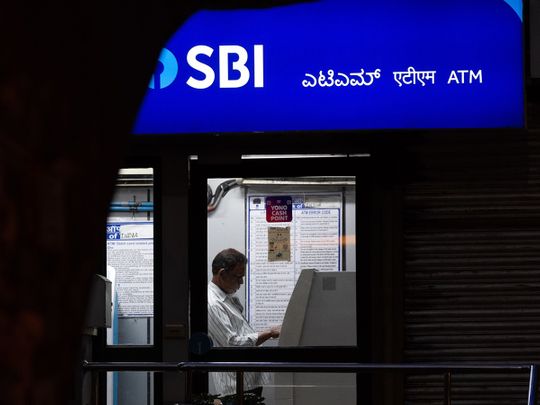
Mumbai: India's government is considering changes that would make it easier to lower its stake in state-run banks, a key step in Prime Minister Narendra Modi's plan to unclog credit flow to the economy.
The proposals - if approved - would allow the government to gradually lower its holding in state-run lenders to 26 per cent from 51 per cent without diluting its grip on management appointments. They would also simplify privatization of certain identified lenders and permit foreign investors to purchase bigger stakes in others without seeking parliament approval.
With the proposed amendments, Modi is seeking to reduce state-run banks' reliance on frequent injections of government capital while still maintaining their quasi-sovereign status that depositors favor. The move would dilute some of the policies India enacted in 1969 when the state swept in to nationalize its lenders, creating a swathe of banks that even today control two-thirds of the sector's assets and the bulk of its bad debts.
A sore point
The proposals would need to be studied and cleared by the cabinet before being placed before parliament, they added. Bank privatizations can be fraught affairs in India, where unions still hold sway, albeit not as powerfully as they did decades ago. Thousand of employees belonging to state-run lenders continued their strike for a second day on Friday, protesting against the proposed privatization of banks by the government, the Press Trust of India reported.
Build on Air India's gain
However, Modi is fresh off the success of the privatization of Air India Ltd., the nation's flag carrier, and is heading toward listing state insurer LIC, which is being compared with the Saudi Aramco IPO in its ambition, scope and scale. Modi's government could be betting that investor appetite for state-run banks will improve once a recently set up 'bad bank' buys the worst of the soured assets on lenders' books. The sector's bad-loan ratio is forecast to rise to 9.8 per cent by March 2022 from 7.48 per cent a year ago, hampering the disbursal of fresh loans to businesses.












